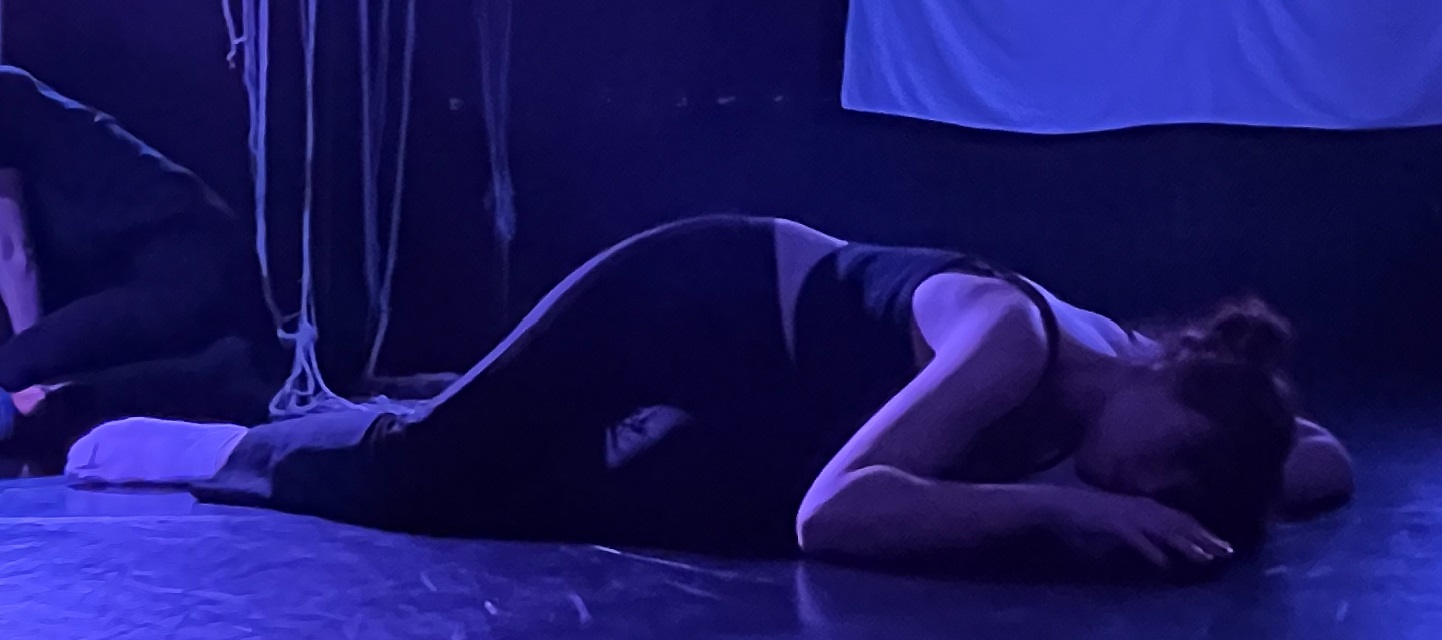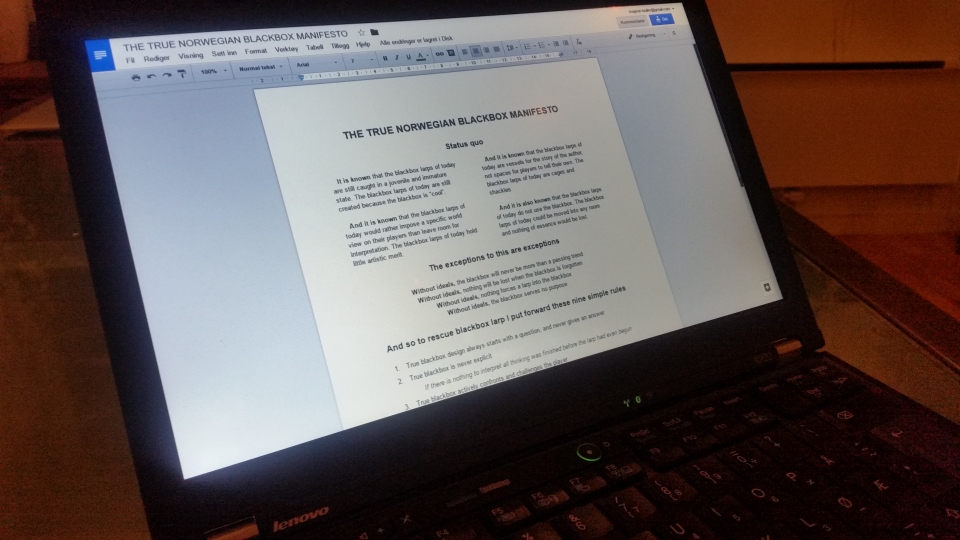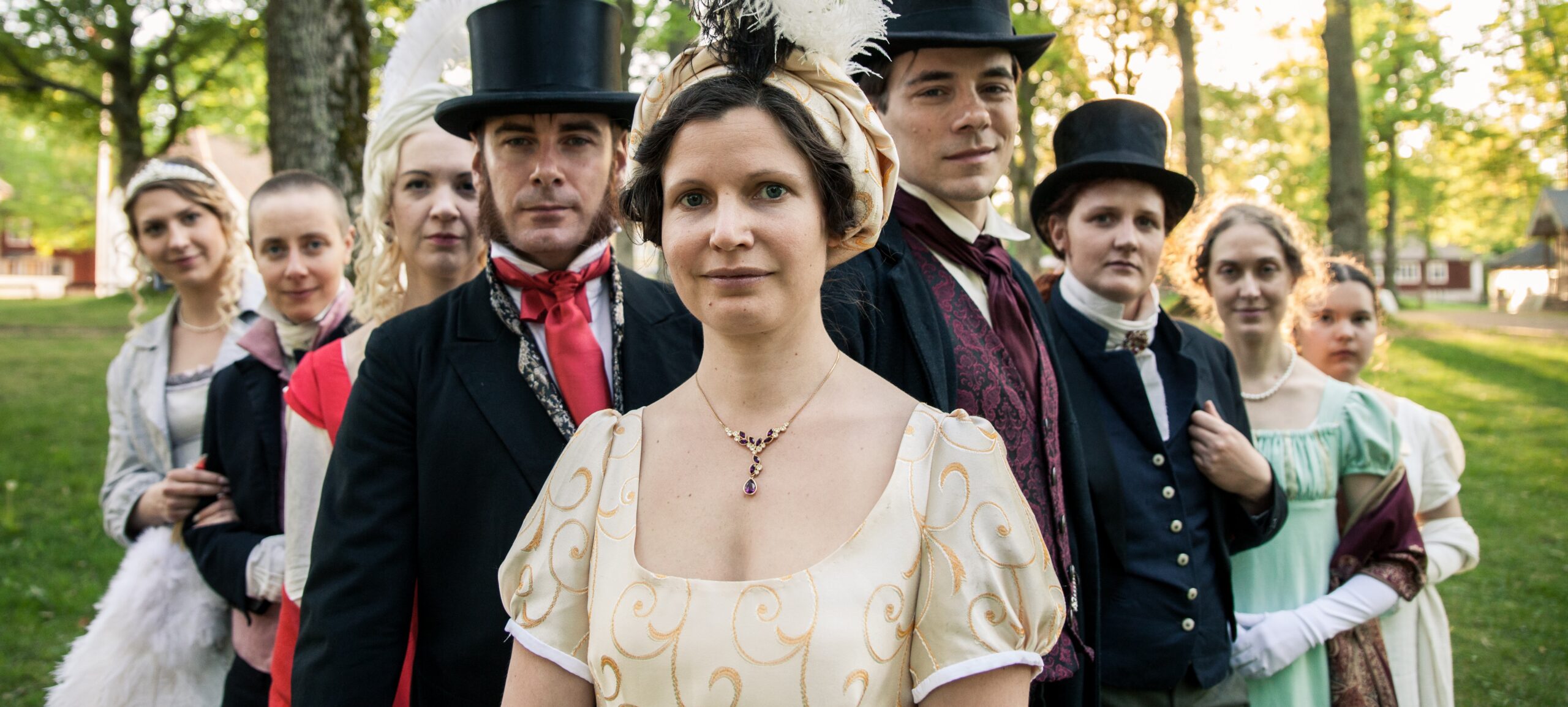Tag: Black box
-

Extinction Now: Coming to Terms with Dissolution in End(less) Story
We live in an apocalyptic age. The blackbox larp End(less) Story taps into this mortal dread unapologetically and with compassion.
-

The True Norwegian Blackbox Manifesto
in
Blackbox larps today are in an immature state. Without ideals, the blackbox will never be more than a passing trend. A manifesto to rescue blackbox larp.
